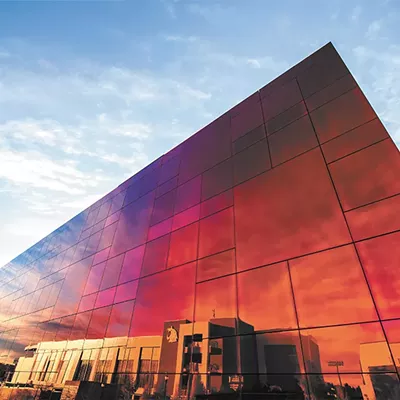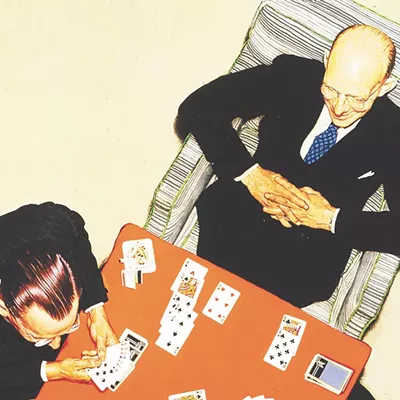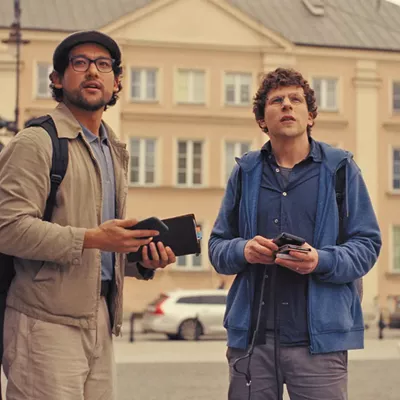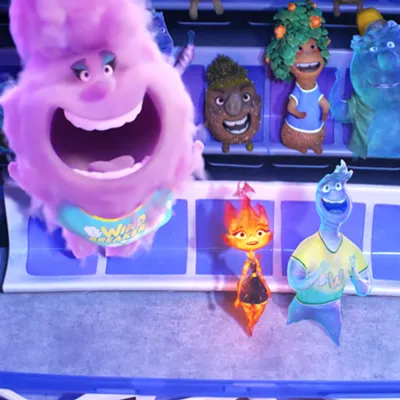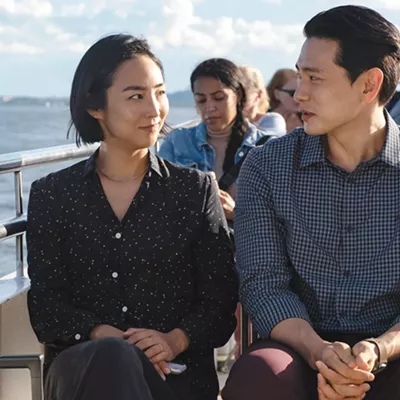Ginger Ewing is one of the founders of Terrain, a local arts organization that has hosted a popular one-night-only event for the past decade. She's also the mind behind Window Dressing, which has placed installations from local artists in abandoned storefronts.
When it comes to fostering a thriving art community in Spokane, here are three things Ewing points to as the most important.
1. Unexpected Collaborations
One of Terrain's annual events is Uncharted, which combines local rock music with symphonic sounds, poetry and visual and performance art.
"Pairing a visual artist with a poet, or creating an opportunity for a hip-hop artist to be backed by a symphony isn't a totally original idea," Ewing says. "But the depth to which this kind of cross-pollination is taking place is certainly unique."
Ewing says more collaborations like that, between artists whose disciplines don't normally interact, would allow the entire community to thrive.
2. Mixed-Use Venues
As downtown real estate becomes more multipurpose, with retail on ground floors and living spaces built above, Ewing says that designating more spaces for multiple functions would be a huge advantage.
"I would love to see an entire building or two dedicated to mixed-use creative needs," she says. "Think retail, gallery, studio, performance and workshop/classroom space, all rolled into one. Bonus if it includes shared gear like a recording studio, an infinity photography wall and a couple of beds and a shower for visiting artists."
3. Community Support
"When you support local artists and makers," Ewing says, "you're actively contributing to the vibrancy of this place and the health and well-being of Spokane and its people."
Supporting artists, she says, encompasses everything from actually buying a piece from your favorite local artist, visiting galleries or attending a concert by a Spokane band.
"An increase in programming and commissioned work in public places would also be great," Ewing says. "There are tons of affordable ways we could be increasing vibrancy and engagement for passersby, while also addressing practical needs like safety and walkability."






